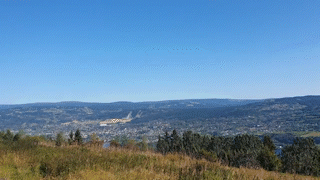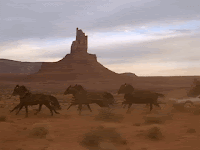The Holy Week. A tradition that dates from medieval times which has spread to other cities in Andalusia, the "Semana Santa en Sevilla" is notable for featuring the procession of "pasos", lifelike wood or plaster sculptures of individual scenes of the events that happened between Jesus' arrest and his burial, or images of the Virgin Mary showing grief for the torture and killing of her son. In
Málaga the lifelike wooden or plaster sculptures are called "tronos" and they are carried through the streets by penitents dressed in long purple robes, often with pointed hats, followed by women in black carrying candles for up to 11 hours. These pasos and tronos are physically carried on the necks of costaleros (literally "sack men", because of the costal, a sack-like cloth that they wear over their neck, to soften the burden) or "braceros" (this name is popular in Leon), and can weigh up to five metric tonnes. The pasos are set up and maintained by hermandades and cofradías, religious brotherhoods that are common to a specific area of the city.















































